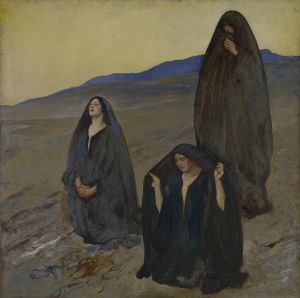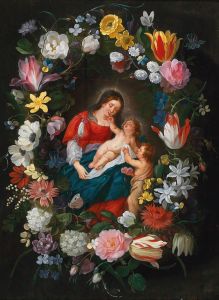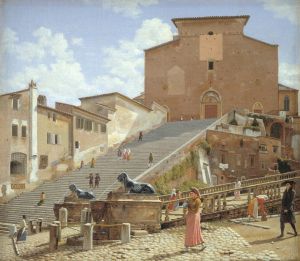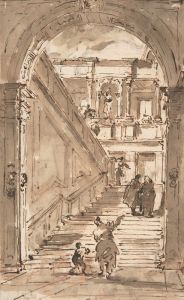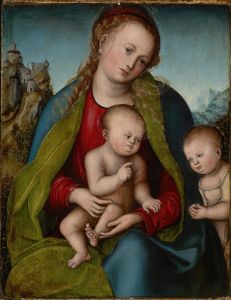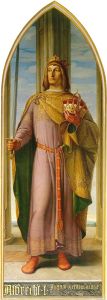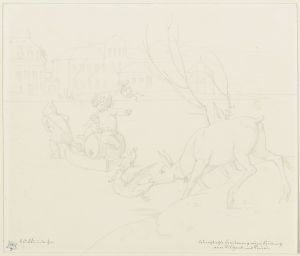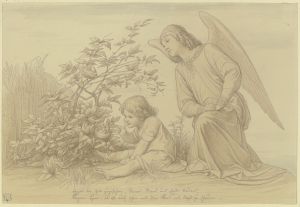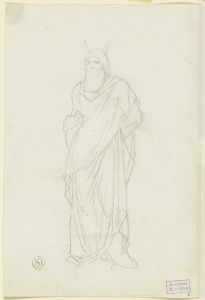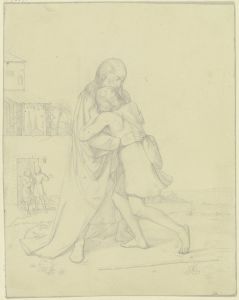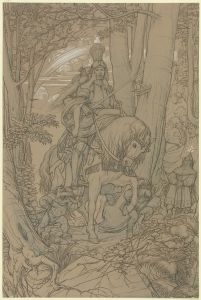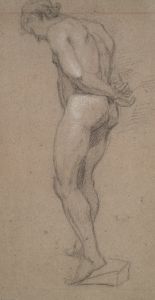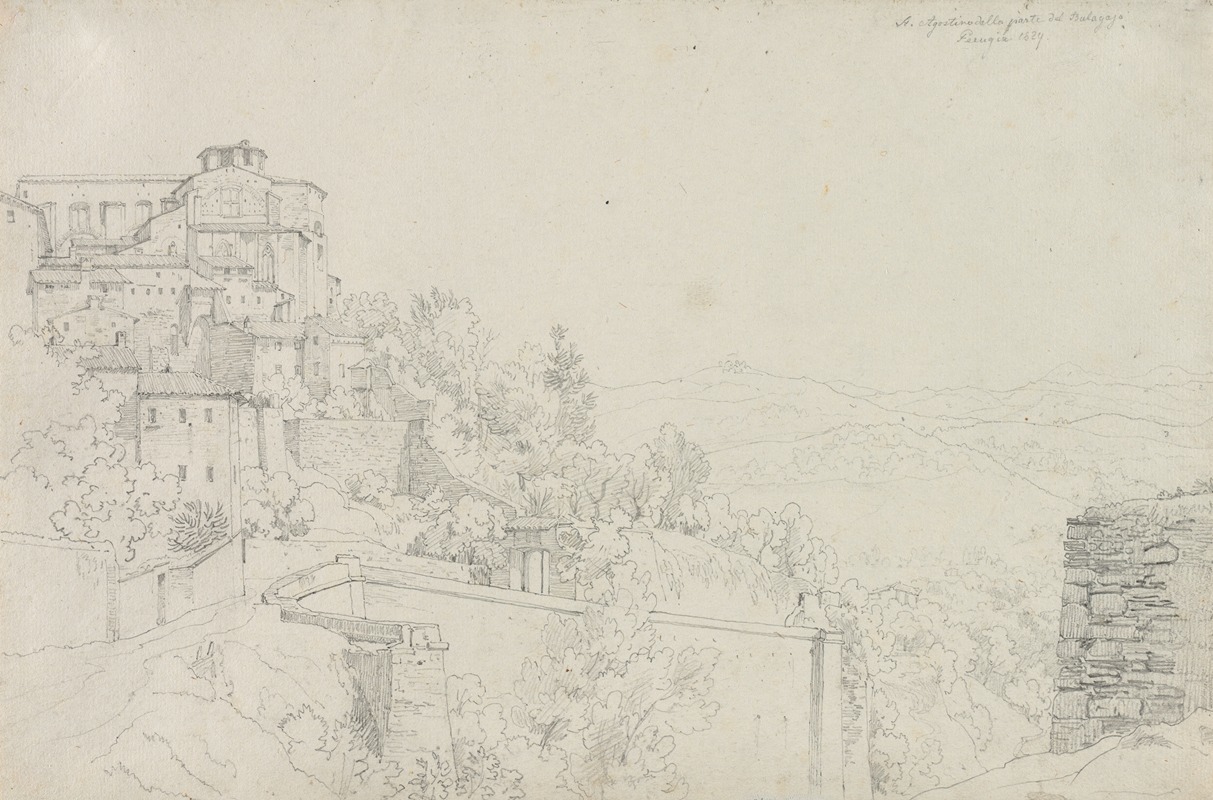
Saint Agostino from Bulagajo, Perugia
A hand-painted replica of Eduard von Steinle’s masterpiece Saint Agostino from Bulagajo, Perugia, meticulously crafted by professional artists to capture the true essence of the original. Each piece is created with museum-quality canvas and rare mineral pigments, carefully painted by experienced artists with delicate brushstrokes and rich, layered colors to perfectly recreate the texture of the original artwork. Unlike machine-printed reproductions, this hand-painted version brings the painting to life, infused with the artist’s emotions and skill in every stroke. Whether for personal collection or home decoration, it instantly elevates the artistic atmosphere of any space.
Eduard von Steinle was a notable 19th-century German painter, recognized for his contributions to the Nazarene movement, which sought to revive honesty and spirituality in Christian art. One of his works, "Saint Agostino from Bulagajo, Perugia," reflects his dedication to religious themes and his meticulous attention to detail.
The painting "Saint Agostino from Bulagajo, Perugia" is a testament to Steinle's skill in capturing the essence of religious figures with both reverence and artistic precision. Although specific details about this particular painting are scarce, Steinle's broader body of work provides context for understanding his approach and style. His paintings often depict biblical scenes, saints, and other religious subjects, characterized by a clear narrative and a focus on emotional expression.
Steinle was born in Vienna in 1810 and later moved to Germany, where he became associated with the Nazarene movement. This group of artists, including figures like Johann Friedrich Overbeck and Franz Pforr, aimed to return to the purity and spirituality of medieval and early Renaissance art. They rejected the academic art of their time, which they saw as overly focused on technique and lacking in spiritual depth.
In his works, Steinle often employed a style that combined elements of the Gothic and Renaissance periods, using vibrant colors and detailed compositions to convey religious stories and themes. His paintings are known for their clarity, harmonious composition, and the serene expressions of the figures depicted.
"Saint Agostino from Bulagajo, Perugia" likely follows this tradition, portraying the saint with a sense of devotion and tranquility. The painting would have been intended not only as a work of art but also as a means of inspiring faith and contemplation in its viewers. Steinle's ability to infuse his religious subjects with a sense of humanity and accessibility made his works popular among both religious and secular audiences.
Throughout his career, Steinle held several prestigious positions, including a professorship at the Städelsches Kunstinstitut in Frankfurt. His influence extended beyond his paintings, as he played a significant role in educating and mentoring the next generation of artists. His commitment to the ideals of the Nazarene movement and his dedication to his craft left a lasting impact on the art world of his time.
While specific information about "Saint Agostino from Bulagajo, Perugia" is limited, Eduard von Steinle's reputation as a master of religious art provides a framework for appreciating the painting. His works continue to be studied and admired for their spiritual depth, technical skill, and the unique way they bridge the gap between medieval religious art and the modern era.





